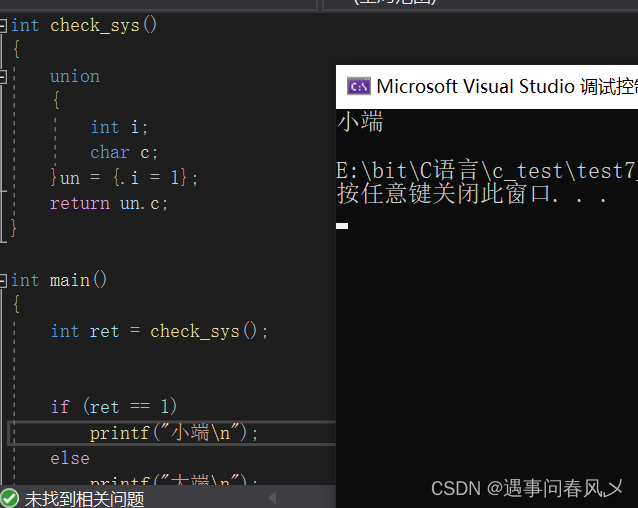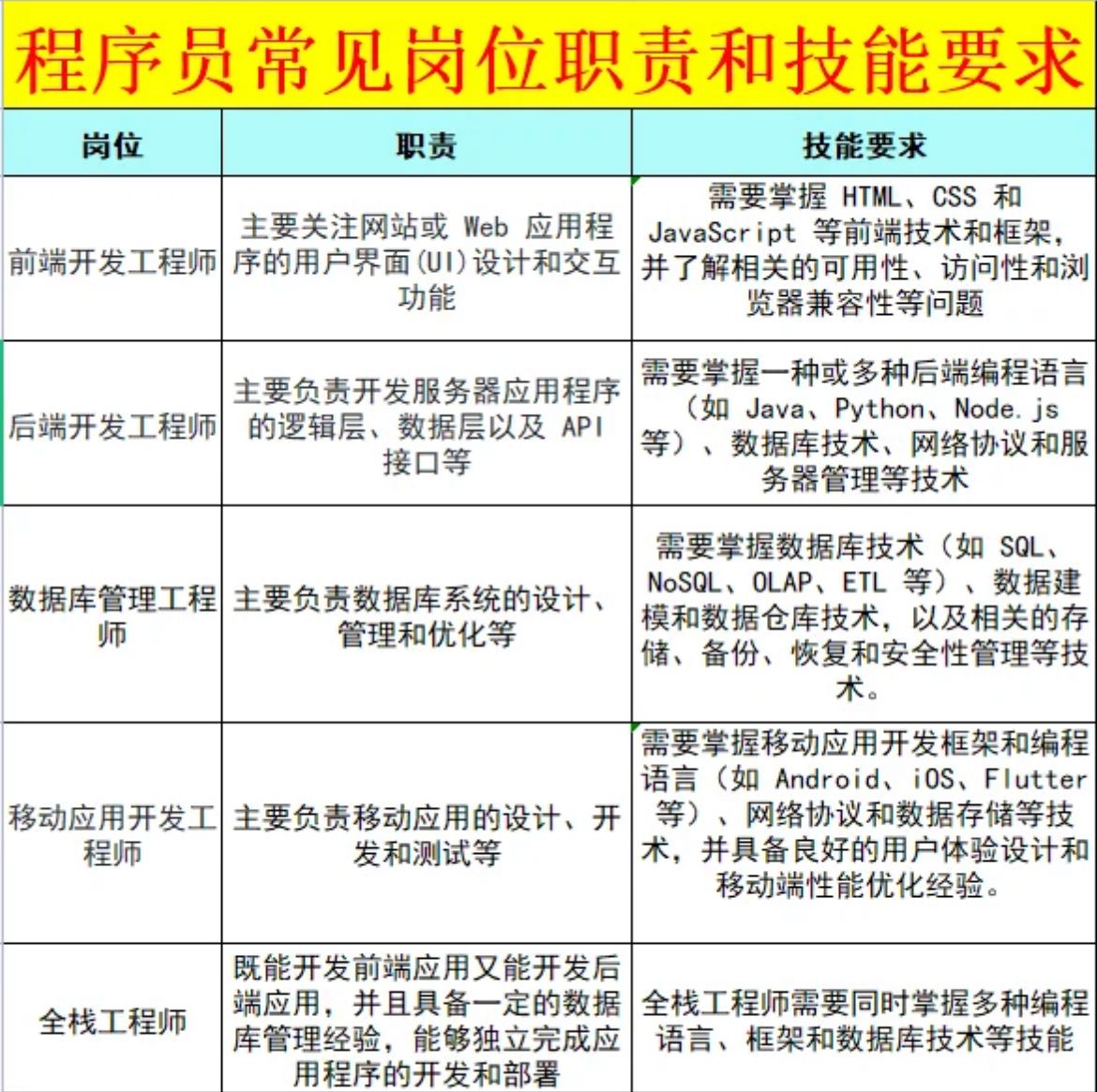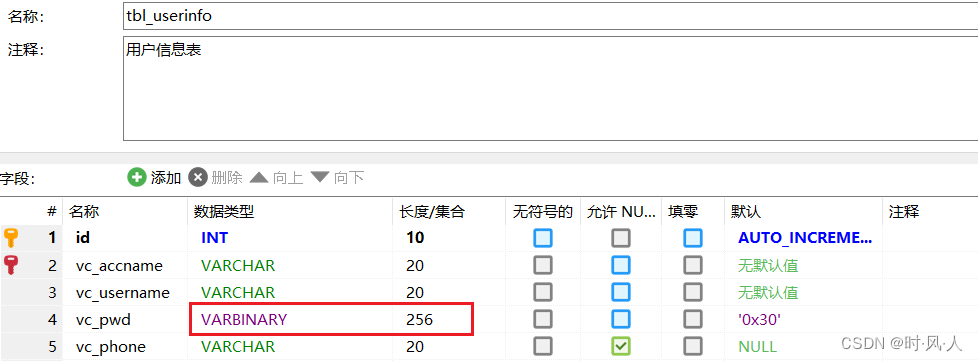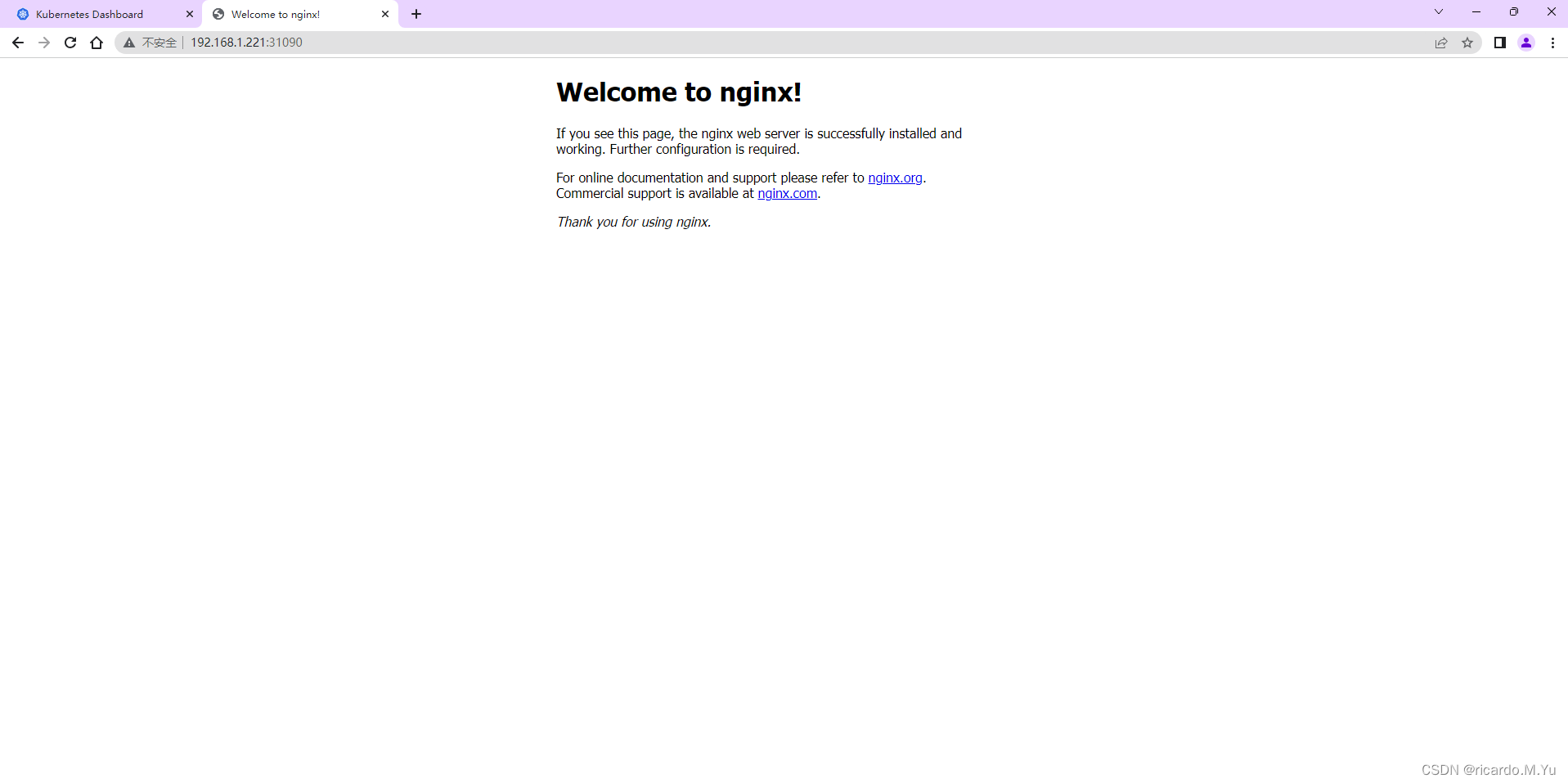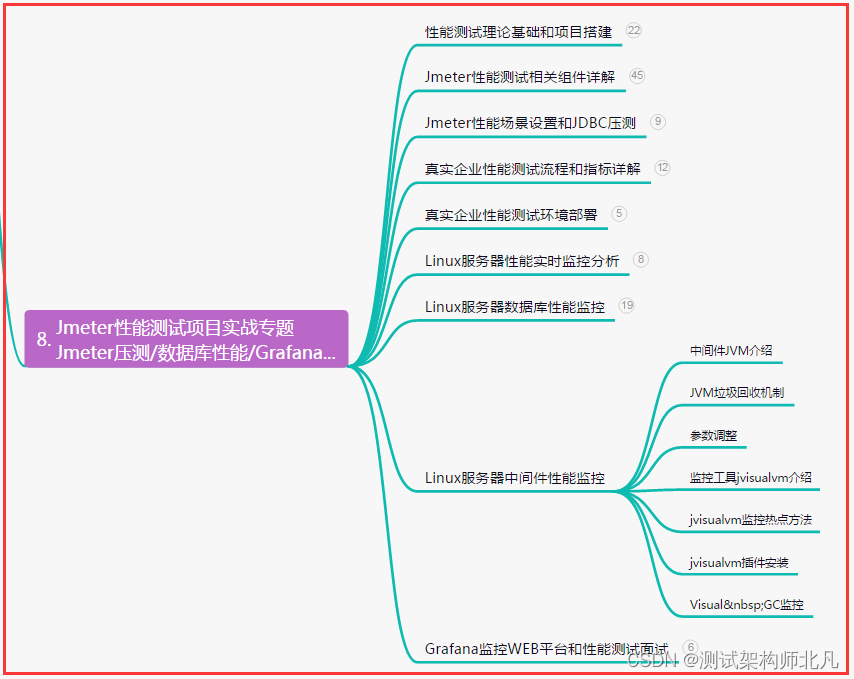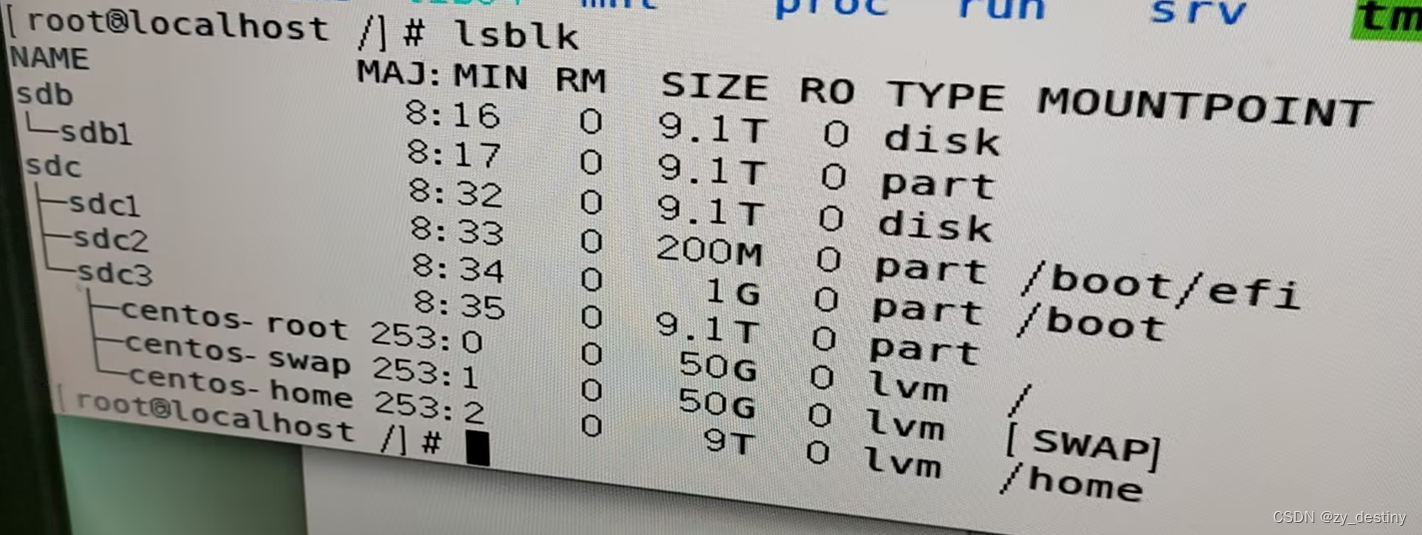文章目录
- Python for Everybody
- 课程简介
- Loops and Iterations
- Updating variables
- The `while` statement
- Infinite loops
- Finishing iterations with `continue`
- Definite loops using `for`
- Loop patterns
- Counting and summing loops
- Maximum and minimum loops
- Debugging
- Glossary
Python for Everybody
Exploring Data Using Python 3
Dr. Charles R. Severance
课程简介
Python for Everybody 零基础程序设计(Python 入门)
- This course aims to teach everyone the basics of programming computers using Python. 本课程旨在向所有人传授使用 Python 进行计算机编程的基础知识。
- We cover the basics of how one constructs a program from a series of simple instructions in Python. 我们介绍了如何通过 Python 中的一系列简单指令构建程序的基础知识。
- The course has no pre-requisites and avoids all but the simplest mathematics. Anyone with moderate computer experience should be able to master the materials in this course. 该课程没有任何先决条件,除了最简单的数学之外,避免了所有内容。任何具有中等计算机经验的人都应该能够掌握本课程中的材料。
- This course will cover Chapters 1-5 of the textbook “Python for Everybody”. Once a student completes this course, they will be ready to take more advanced programming courses. 本课程将涵盖《Python for Everyday》教科书的第 1-5 章。学生完成本课程后,他们将准备好学习更高级的编程课程。
- This course covers Python 3.

coursera
Python for Everybody 零基础程序设计(Python 入门)
Charles Russell Severance
Clinical Professor

个人主页
Twitter

University of Michigan
课程资源
coursera原版课程视频
coursera原版视频-中英文精校字幕-B站
Dr. Chuck官方翻录版视频-机器翻译字幕-B站
PY4E-课程配套练习
Dr. Chuck Online - 系列课程开源官网
Loops and Iterations
We look at how Python repeats statements using looping structures.
Updating variables
A common pattern in assignment statements is an assignment statement that updates a variable, where the new value of the variable depends on the old.
x = x + 1
This means “get the current value of x, add 1, and then update x with the new value.”
If you try to update a variable that doesn’t exist, you get an error, because Python evaluates the right side before it assigns a value to x:
>>> x = x + 1
NameError: name 'x' is not defined
Before you can update a variable, you have to initialize it, usually with a simple assignment:
>>> x = 0
>>> x = x + 1
Updating a variable by adding 1 is called an increment; subtracting 1 is called a decrement.
The while statement
Computers are often used to automate repetitive tasks. Repeating identical or similar tasks without making errors is something that computers do well and people do poorly. Because iteration is so common, Python provides several language features to make it easier.
One form of iteration in Python is the while statement. Here is a simple program that counts down from five and then says “Blastoff!”.
n = 5
while n > 0:
print(n)
n = n - 1
print('Blastoff!')
You can almost read the while statement as if it were English. It means, “While n is greater than 0, display the value of n and then reduce the value of n by 1. When you get to 0, exit the while statement and display the word Blastoff!”
More formally, here is the flow of execution for a while statement:
- Evaluate the condition, yielding
TrueorFalse. - If the condition is false, exit the
whilestatement and continue execution at the next statement. - If the condition is true, execute the body and then go back to step 1.
This type of flow is called a loop because the third step loops back around to the top. We call each time we execute the body of the loop an iteration. For the above loop, we would say, “It had five iterations”, which means that the body of the loop was executed five times.
The body of the loop should change the value of one or more variables so that eventually the condition becomes false and the loop terminates. We call the variable that changes each time the loop executes and controls when the loop finishes the iteration variable. If there is no iteration variable, the loop will repeat forever, resulting in an infinite loop.
Infinite loops
An endless source of amusement for programmers is the observation that the directions on shampoo, “Lather, rinse, repeat,” are an infinite loop because there is no iteration variable telling you how many times to execute the loop.
In the case of countdown, we can prove that the loop terminates because we know that the value of n is finite, and we can see that the value of n gets smaller each time through the loop, so eventually we have to get to 0. Other times a loop is obviously infinite because it has no iteration variable at all.
Sometimes you don’t know it’s time to end a loop until you get half way through the body. In that case you can write an infinite loop on purpose and then use the break statement to jump out of the loop.
This loop is obviously an infinite loop because the logical expression on the while statement is simply the logical constant True:
n = 10
while True:
print(n, end=' ')
n = n - 1
print('Done!')
If you make the mistake and run this code, you will learn quickly how to stop a runaway Python process on your system or find where the power-off button is on your computer. This program will run forever or until your battery runs out because the logical expression at the top of the loop is always true by virtue of the fact that the expression is the constant value True.
While this is a dysfunctional infinite loop, we can still use this pattern to build useful loops as long as we carefully add code to the body of the loop to explicitly exit the loop using break when we have reached the exit condition.
For example, suppose you want to take input from the user until they type done. You could write:
while True:
line = input('> ')
if line == 'done':
break
print(line)
print('Done!')
# Code: http://www.py4e.com/code3/copytildone1.py
The loop condition is True, which is always true, so the loop runs repeatedly until it hits the break statement.
Each time through, it prompts the user with an angle bracket. If the user types done, the break statement exits the loop. Otherwise the program echoes whatever the user types and goes back to the top of the loop. Here’s a sample run:
> hello there
hello there
> finished
finished
> done
Done!
This way of writing while loops is common because you can check the condition anywhere in the loop (not just at the top) and you can express the stop condition affirmatively (“stop when this happens”) rather than negatively (“keep going until that happens.”).
Finishing iterations with continue
Sometimes you are in an iteration of a loop and want to finish the current iteration and immediately jump to the next iteration. In that case you can use the continue statement to skip to the next iteration without finishing the body of the loop for the current iteration.
Here is an example of a loop that copies its input until the user types “done”, but treats lines that start with the hash character as lines not to be printed (kind of like Python comments).
while True:
line = input('> ')
if line[0] == '#':
continue
if line == 'done':
break
print(line)
print('Done!')
# Code: http://www.py4e.com/code3/copytildone2.py
Here is a sample run of this new program with continue added.
> hello there
hello there
> # don't print this
> print this!
print this!
> done
Done!
All the lines are printed except the one that starts with the hash sign because when the continue is executed, it ends the current iteration and jumps back to the while statement to start the next iteration, thus skipping the print statement.
Definite loops using for
Sometimes we want to loop through a set of things such as a list of words, the lines in a file, or a list of numbers. When we have a list of things to loop through, we can construct a definite loop using a for statement. We call the while statement an indefinite loop because it simply loops until some condition becomes False, whereas the for loop is looping through a known set of items so it runs through as many iterations as there are items in the set.
The syntax of a for loop is similar to the while loop in that there is a for statement and a loop body:
friends = ['Joseph', 'Glenn', 'Sally']
for friend in friends:
print('Happy New Year:', friend)
print('Done!')
In Python terms, the variable friends is a list1 of three strings and the for loop goes through the list and executes the body once for each of the three strings in the list resulting in this output:
Happy New Year: Joseph
Happy New Year: Glenn
Happy New Year: Sally
Done!
Translating this for loop to English is not as direct as the while, but if you think of friends as a set, it goes like this: “Run the statements in the body of the for loop once for each friend in the set named friends.”
Looking at the for loop, for and in are reserved Python keywords, and friend and friends are variables.
for friend in friends:
print('Happy New Year:', friend)
In particular, friend is the iteration variable for the for loop. The variable friend changes for each iteration of the loop and controls when the for loop completes. The iteration variable steps successively through the three strings stored in the friends variable.
Loop patterns
Often we use a for or while loop to go through a list of items or the contents of a file and we are looking for something such as the largest or smallest value of the data we scan through.
These loops are generally constructed by:
- Initializing one or more variables before the loop starts
- Performing some computation on each item in the loop body, possibly changing the variables in the body of the loop
- Looking at the resulting variables when the loop completes
We will use a list of numbers to demonstrate the concepts and construction of these loop patterns.
Counting and summing loops
For example, to count the number of items in a list, we would write the following for loop:
count = 0
for itervar in [3, 41, 12, 9, 74, 15]:
count = count + 1
print('Count: ', count)
We set the variable count to zero before the loop starts, then we write a for loop to run through the list of numbers. Our iteration variable is named itervar and while we do not use itervar in the loop, it does control the loop and cause the loop body to be executed once for each of the values in the list.
In the body of the loop, we add 1 to the current value of count for each of the values in the list. While the loop is executing, the value of count is the number of values we have seen “so far”.
Once the loop completes, the value of count is the total number of items. The total number “falls in our lap” at the end of the loop. We construct the loop so that we have what we want when the loop finishes.
Another similar loop that computes the total of a set of numbers is as follows:
total = 0
for itervar in [3, 41, 12, 9, 74, 15]:
total = total + itervar
print('Total: ', total)
In this loop we do use the iteration variable. Instead of simply adding one to the count as in the previous loop, we add the actual number (3, 41, 12, etc.) to the running total during each loop iteration. If you think about the variable total, it contains the “running total of the values so far”. So before the loop starts total is zero because we have not yet seen any values, during the loop total is the running total, and at the end of the loop total is the overall total of all the values in the list.
As the loop executes, total accumulates the sum of the elements; a variable used this way is sometimes called an accumulator.
Neither the counting loop nor the summing loop are particularly useful in practice because there are built-in functions len() and sum() that compute the number of items in a list and the total of the items in the list respectively.
Maximum and minimum loops
To find the largest value in a list or sequence, we construct the following loop:
largest = None
print('Before:', largest)
for itervar in [3, 41, 12, 9, 74, 15]:
if largest is None or itervar > largest :
largest = itervar
print('Loop:', itervar, largest)
print('Largest:', largest)
When the program executes, the output is as follows:
Before: None
Loop: 3 3
Loop: 41 41
Loop: 12 41
Loop: 9 41
Loop: 74 74
Loop: 15 74
Largest: 74
The variable largest is best thought of as the “largest value we have seen so far”. Before the loop, we set largest to the constant None. None is a special constant value which we can store in a variable to mark the variable as “empty”.
Before the loop starts, the largest value we have seen so far is None since we have not yet seen any values. While the loop is executing, if largest is None then we take the first value we see as the largest so far. You can see in the first iteration when the value of itervar is 3, since largest is None, we immediately set largest to be 3.
After the first iteration, largest is no longer None, so the second part of the compound logical expression that checks itervar > largest triggers only when we see a value that is larger than the “largest so far”. When we see a new “even larger” value we take that new value for largest. You can see in the program output that largest progresses from 3 to 41 to 74.
At the end of the loop, we have scanned all of the values and the variable largest now does contain the largest value in the list.
To compute the smallest number, the code is very similar with one small change:
smallest = None
print('Before:', smallest)
for itervar in [3, 41, 12, 9, 74, 15]:
if smallest is None or itervar < smallest:
smallest = itervar
print('Loop:', itervar, smallest)
print('Smallest:', smallest)
Again, smallest is the “smallest so far” before, during, and after the loop executes. When the loop has completed, smallest contains the minimum value in the list.
Again as in counting and summing, the built-in functions max() and min() make writing these exact loops unnecessary.
The following is a simple version of the Python built-in min() function:
def min(values):
smallest = None
for value in values:
if smallest is None or value < smallest:
smallest = value
return smallest
In the function version of the smallest code, we removed all of the print statements so as to be equivalent to the min function which is already built in to Python.
Debugging
As you start writing bigger programs, you might find yourself spending more time debugging. More code means more chances to make an error and more places for bugs to hide.
One way to cut your debugging time is “debugging by bisection.” For example, if there are 100 lines in your program and you check them one at a time, it would take 100 steps.
Instead, try to break the problem in half. Look at the middle of the program, or near it, for an intermediate value you can check. Add a print statement (or something else that has a verifiable effect) and run the program.
If the mid-point check is incorrect, the problem must be in the first half of the program. If it is correct, the problem is in the second half.
Every time you perform a check like this, you halve the number of lines you have to search. After six steps (which is much less than 100), you would be down to one or two lines of code, at least in theory.
In practice it is not always clear what the “middle of the program” is and not always possible to check it. It doesn’t make sense to count lines and find the exact midpoint. Instead, think about places in the program where there might be errors and places where it is easy to put a check. Then choose a spot where you think the chances are about the same that the bug is before or after the check.
Glossary
accumulator
A variable used in a loop to add up or accumulate a result.
counter
A variable used in a loop to count the number of times something happened. We initialize a counter to zero and then increment the counter each time we want to “count” something.
decrement
An update that decreases the value of a variable.
initialize
An assignment that gives an initial value to a variable that will be updated.
increment
An update that increases the value of a variable (often by one).
infinite loop
A loop in which the terminating condition is never satisfied or for which there is no terminating condition.
iteration
Repeated execution of a set of statements using either a function that calls itself or a loop.
We will examine lists in more detail in a later chapter. ↩︎


